Mitsubishi G3M Rikko "Nell"
The Mitsubishi G3M, officially designated as the Navy Type 96 Land-Based Attack Aircraft, was a Japanese twin-engine, land-based medium bomber that served extensively in World War II. Designed by Mitsubishi and entering service in 1937, it was a crucial component of the Imperial Japanese Navy's (IJN) pre-war and early-war offensive strategy.
Possible Nicknames:
"Flying Lighter/Crematorium": This is a very common one. Due to its flammability and lack of self-sealing tanks, the G3M had a reputation for easily catching fire. This nickname highlights that vulnerability.
"The One-Shot Wonder/Glass Cannon": Referring to it's capabilities to carry a large torpedo and deliver a powerful punch but vulnerable to enemy fire.
"Betty's Big Brother": The Mitsubishi G4M "Betty" was a successor, with similar strengths and weaknesses. This nickname suggests the G3M was a predecessor with a similar profile.
"Meatball Express": A somewhat derisive nickname, referencing the red circle (hinomaru) on the aircraft and its role as a bomber, often with fatal consequences for its crew.
"Nell's Bells": A play on words with the Allied code name, potentially used in a slightly sarcastic or ironic way.
"The Long Reach": Emphasizing the G3M's most significant strength: its exceptional range.
"Torpedo Launcher": Given its success against ships like the Prince of Wales and Repulse, this nickname highlights its anti-shipping role.
"The Paper Mache Bomber": A derogatory term referring to the aircraft's frail construction.
C O N T R O L S
Trim : Flaps, cruising 'rotate' adjuster
VTOL : Further flaps
Specifications
General Characteristics
- Created On Android
- Wingspan 80.9ft (24.7m)
- Length 54.3ft (16.5m)
- Height 16.3ft (5.0m)
- Empty Weight 14,132lbs (6,410kg)
- Loaded Weight 18,784lbs (8,520kg)
Performance
- Horse Power/Weight Ratio 0.113
- Wing Loading 21.4lbs/ft2 (104.5kg/m2)
- Wing Area 877.3ft2 (81.5m2)
- Drag Points 6087
Parts
- Number of Parts 87
- Control Surfaces 8
- Performance Cost 594

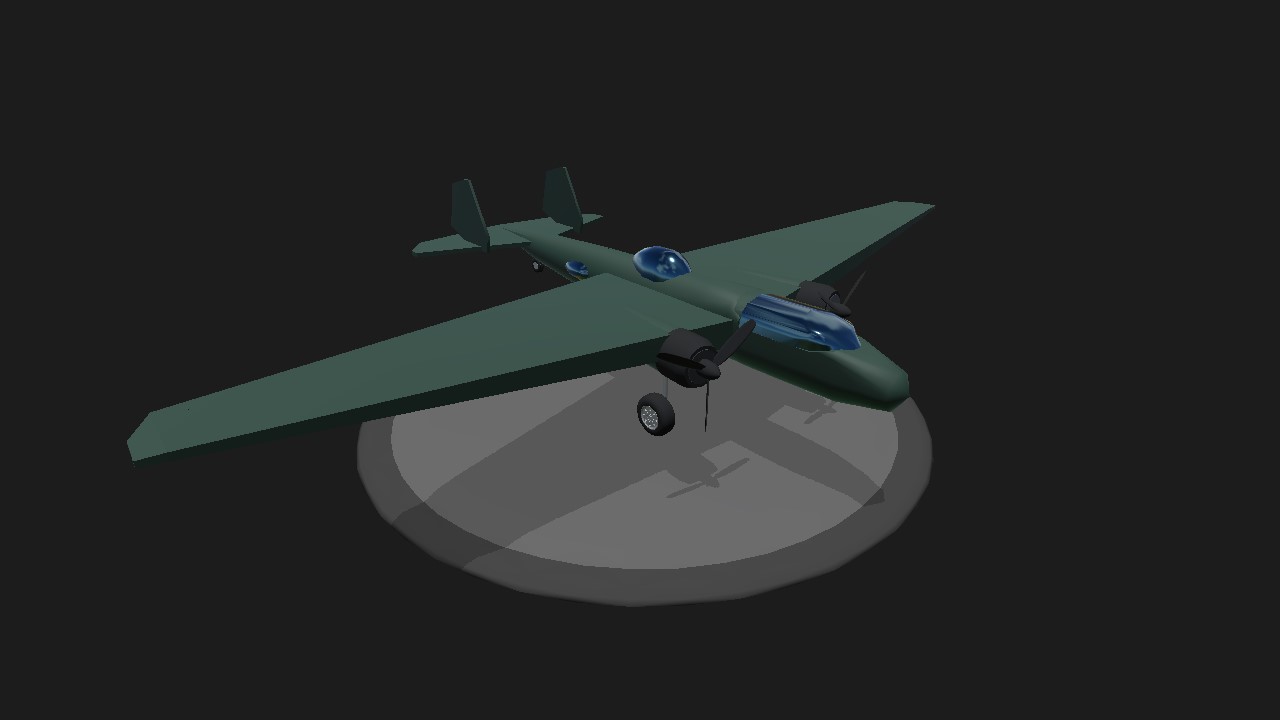
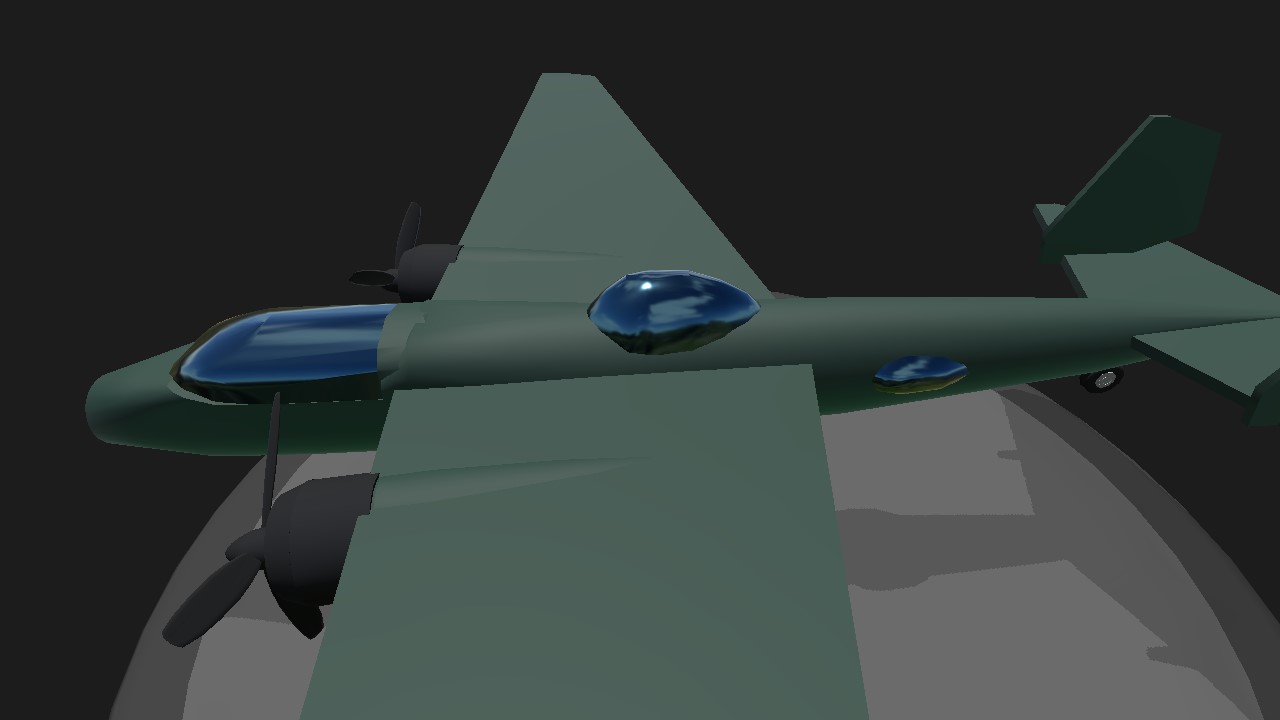
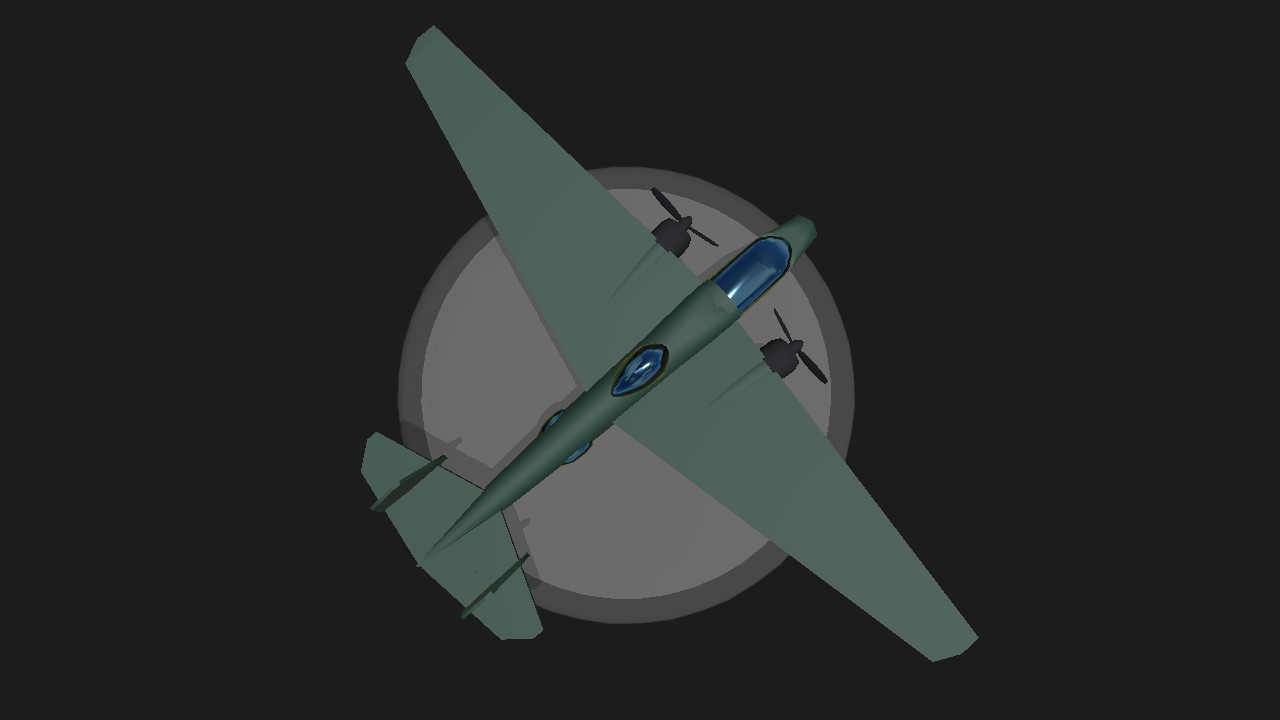
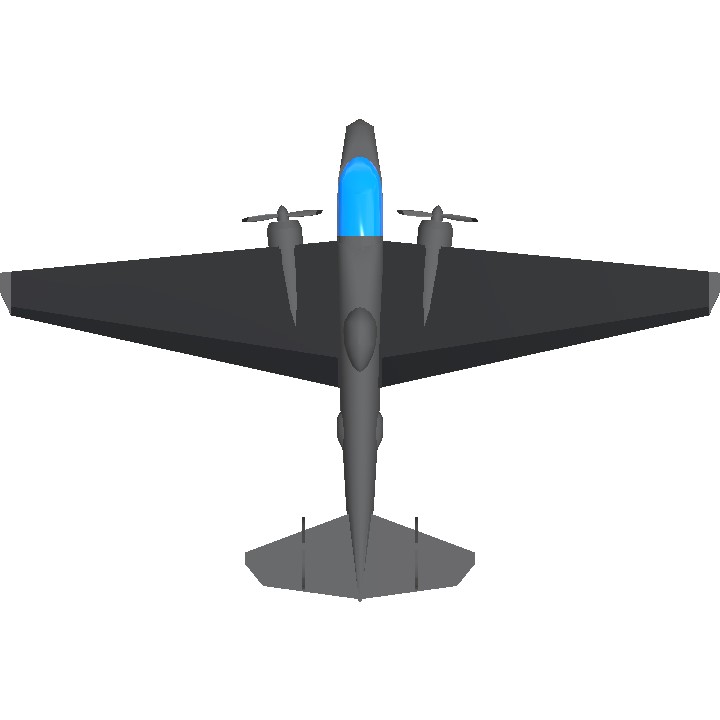
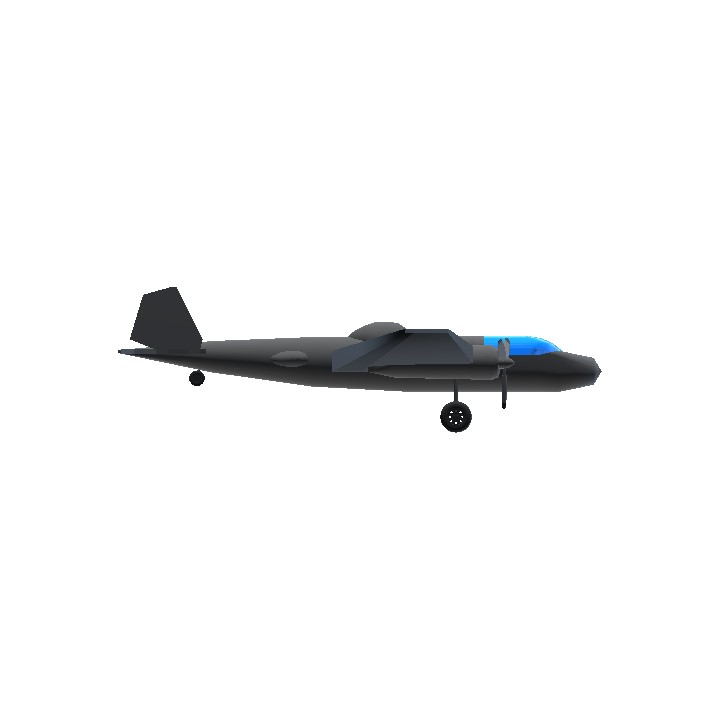
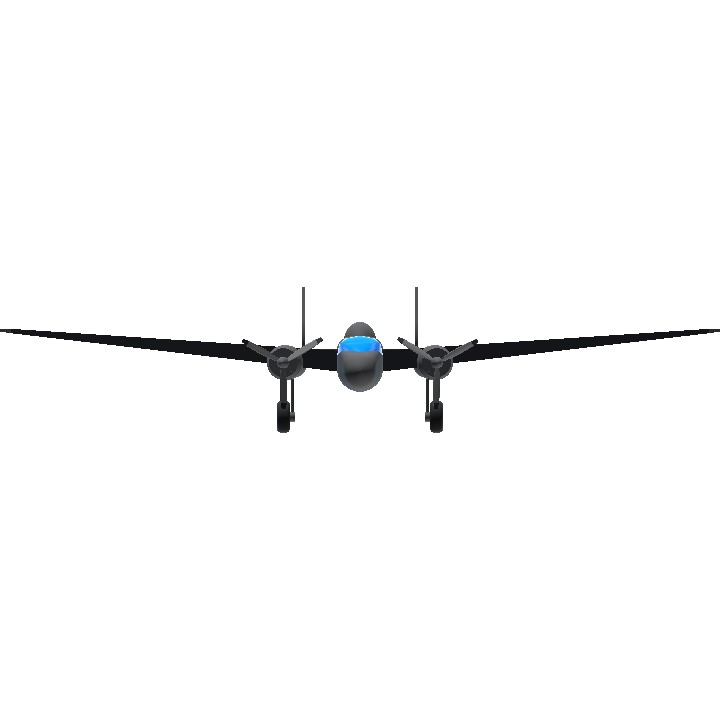
@ThomasRoderick i was checking the aircraft's planview based on this 3-view and i noticed the details that both engines are not exactly straight forward